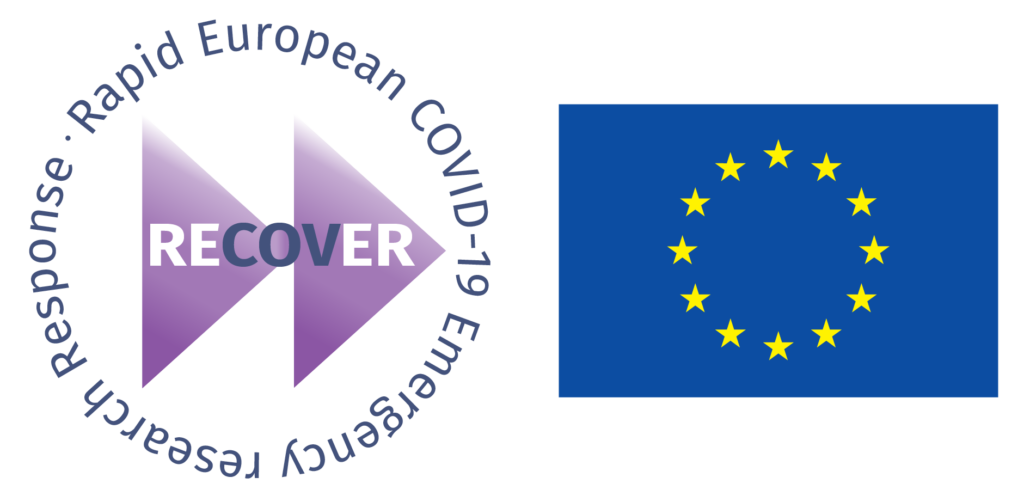11 June 2020
Coronavirus disease 2019 (COVID-19) is a new clinical entity caused by severe acute respiratory syndrome coronavirus 2 (SARS-CoV-2). In particular, persons with underlying diseases such as diabetes mellitus, hypertension, cardiovascular disease and respiratory disease are at increased risk for severe COVID-19, and case fatality rates increase steeply with age.
Understanding the kinetics of infectious virus shedding in relation to potential for transmission is crucial to guide infection prevention and control strategies. Long-term shedding of viral RNA in COVID-19 prevents timely discharge from the hospital or de-escalation of infection prevention and control practices. Key questions are the duration and determinants of infectious virus shedding. We assessed these questions using virus cultures of respiratory tract samples from hospitalized COVID-19 patients as a proxy for infectious virus shedding.
Shedding of infectious SARS-CoV-2 has not been studied in larger groups of patients nor in patients with severe or critical COVID-19. Therefore, we assessed the shedding of infectious virus in 129 severely ill COVID-19 patients (89 intensive care, 40 medium care). Generalized estimating equations were used to identify if viral RNA load, detection of viral subgenomic RNA, serum neutralizing antibody response, duration of symptoms, or immunocompromised status were predictive for a positive virus culture. Infectious virus shedding was detected in 23 of the 17,8% of patients. The median duration of shedding was 8 days post onset of symptoms, and the probability of detecting infectious virus dropped below 5% after 15,2 days post onset of symptoms.
In conclusion, infection prevention and control guidelines should take into account that patients with severe or critical COVID-19 may shed infectious virus for longer periods of time compared to what has been reported for in patients with mild COVID-19. Infectious virus shedding drops to undetectable levels when viral RNA load is low and serum neutralizing antibodies are present, which warrants the use of quantitative viral RNA load assays and serological assays in test-based strategies to discontinue or de-escalate infection prevention and control precautions.
Read article here.
Authors: Jeroen J.A. van Kampen, David A.M.C. van de Vijver, Pieter L.A. Fraaij, Bart L. Haagmans, Mart M. Lamers, Nisreen Okba, Johannes P.C. van den Akker, Henrik Endeman, Diederik A.M.P.J. Gommers, Jan J. Cornelissen, Rogier A.S. Hoek, Menno M. van der Eerden, Dennis A. Hesselink, Herold J. Metselaar, Annelies Verbon, Jurriaan E.M. de Steenwinkel, Georgina I. Aron, Eric C.M. van Gorp, Sander van Boheemen, Jolanda C. Voermans, Charles A.B. Boucher, Richard Molenkamp, Marion P.G. Koopmans, Corine Geurtsvankessel, Annemiek A. van der Eijk
